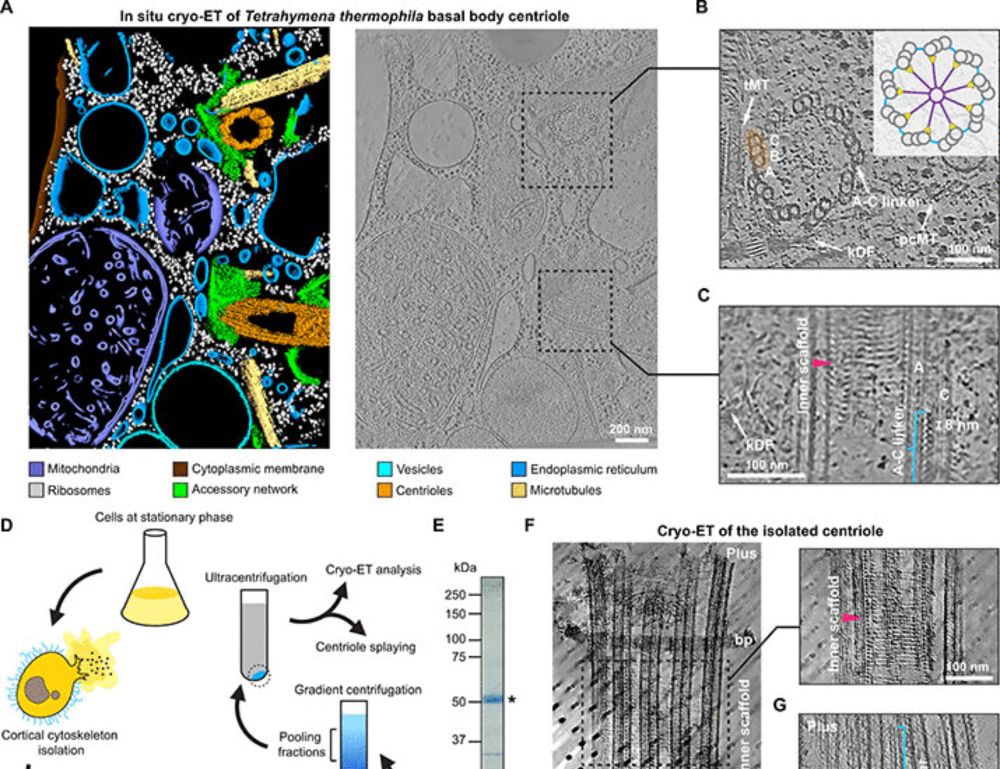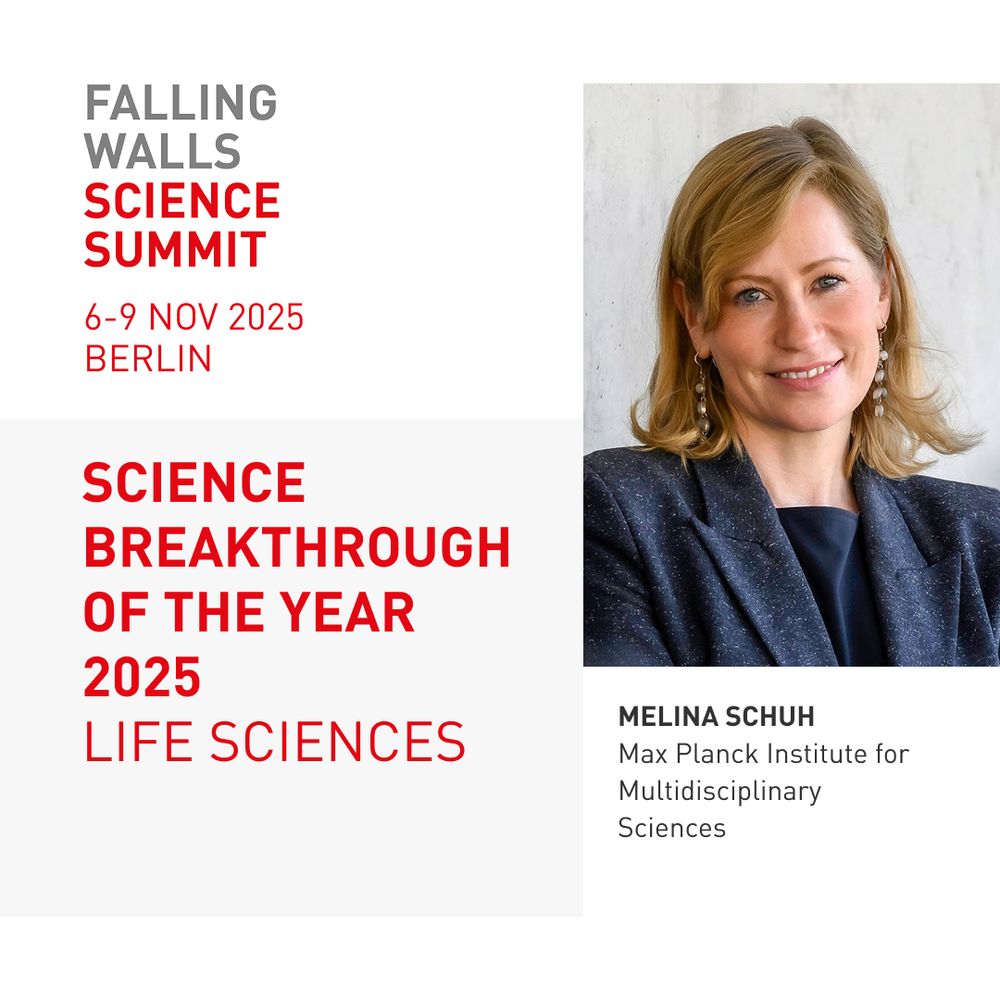



erc.europa.eu/news-events/...

erc.europa.eu/news-events/...
That's ~$70M in revenue, while many of the non-profit journals that used to occupy that slot in the journal hierarchy have seen a precipitous decline in submissions in the 15 years it's existed.
That's ~$70M in revenue, while many of the non-profit journals that used to occupy that slot in the journal hierarchy have seen a precipitous decline in submissions in the 15 years it's existed.
🔭⚛️🧪

Watch the full 🆕 interview bit.ly/4otIva9 👀
Read the explanatory text (from 15/9/25) 📑 link.europa.eu/hP3WWF
#Research #Grant #Funding #AcademicSky 🧪
Watch the full 🆕 interview bit.ly/4otIva9 👀
Read the explanatory text (from 15/9/25) 📑 link.europa.eu/hP3WWF
#Research #Grant #Funding #AcademicSky 🧪
www.science.org/doi/10.1126/...

www.science.org/doi/10.1126/...
!
Hijacking a bacterial ABC transporter for efficient genetic code expansion.
Many congrats to everyone involved - a multi-year effort led by @taruniype.bsky.social @maxfottner.bsky.social
www.nature.com/articles/s41...
it all started years ago with a failed experiment
🧵👇 1/9

!

www.science.org/doi/10.1126/...

www.science.org/doi/10.1126/...
www.biorxiv.org/content/10.1...

www.biorxiv.org/content/10.1...



Open access link below:
www.nature.com/articles/s41...
Here's a cool animated summary
@univie.ac.at
@meduniwien.ac.at

@univie.ac.at
@meduniwien.ac.at
Honored to receive the Falling Walls Science Breakthrough 2025 (Life Sciences) — for our team’s live ovulation imaging.
Thanks to Tabea Lilian Marx, Christopher Thomas & our lab!
www.mpinat.mpg.de/5118437/pr_2...
#FallingWalls #ScienceSummit25 #ScienceBreakthroughs

Honored to receive the Falling Walls Science Breakthrough 2025 (Life Sciences) — for our team’s live ovulation imaging.
Thanks to Tabea Lilian Marx, Christopher Thomas & our lab!
www.mpinat.mpg.de/5118437/pr_2...
#FallingWalls #ScienceSummit25 #ScienceBreakthroughs
@Mohinder Pal (currently not on Bluesky)
@mike-wieczorek.bsky.social
@laurencepearl.bsky.social
www.biorxiv.org/content/10.1...

@Mohinder Pal (currently not on Bluesky)
@mike-wieczorek.bsky.social
@laurencepearl.bsky.social
www.biorxiv.org/content/10.1...

www.biorxiv.org/content/10.1...
www.quantamagazine.org/tiny-tubes-r...


www.quantamagazine.org/tiny-tubes-r...


